Pasokon Retro is our common look again on the early years of Japanese PC gaming, encompassing every part from specialist ’80s computer systems to the completely satisfied days of Home windows XP.
Practice driving video games, particularly on PC, the house of multi-monitor shows and eye wateringly-priced specialist controllers, are normally very critical and lifelike. And in some ways Taito’s Densha de Go! 3: Daiya Kaisei isn’t any totally different. It is a recreation for individuals who truthfully pause for a second to think about whether or not they need to drive from Tosu to Hakata station in a 787 collection practice or a KiHa 72, the sport precisely reflecting the variations of their dealing with, weight, and even the sounds they make as they energy alongside the monitor.
Each new recreation begins with a brief introduction of the practice itself, sincerely speaking up their energy inverters and roomy interiors. This explicit model of the sport, launched on Home windows in 2002, featured the uncooked thrill of revised timetables.
Wow. Nice. Absolutely the type of factor solely of curiosity to somebody with a field stuffed with OO gauge monitor in a cabinet, a set of tiny mannequin trains to run on the stuff, and a battered pocket book crammed with bizarre numbers.
Nicely, no. What makes the Densha de Go! collection distinctive is that it takes a interest that even dice-rolling PC avid gamers like me assume is ultra-nerdy and turns it into an irresistibly difficult, high-pressure arcade contest in opposition to the clock.
Decide a route. Any route. Any time of day. Congrats, you have now bought 60 seconds—perhaps a bit of extra, perhaps even a worrying quantity much less—to achieve someplace you have by no means been earlier than in a car you have by no means pushed in your life. You need to observe all velocity limits, indicators (correct to these used not simply on Japan’s railways however that particular a part of Japan’s railways), and rail-related legal guidelines alongside the best way. Oh and the goal is not to get to the following cease as shortly as attainable, it is to get there on time, after which cease in precisely—precisely—the suitable place on the station.
Each mistake is famous and penalised, your already small beginning pool of “buffer” time drained everytime you mess up. And you’ll mess up. 60 km/h in a forty five zone? Penalty. Braked too onerous, making passengers wobble? Penalty. Missed the cease by 3 measly metres? Penalty.
As soon as you have bought no extra seconds left to lose, the one actual choice left is to not mess up.
It is an actual take a look at of non-public prowess, and anybody who has spent their free time making an attempt to keep away from Malenia’s Waterfowl Dance or fought their method to the higher tiers of a combating recreation’s on-line rating can relate to that. The strictness present in earlier Densha de Go!s like this one is (ultimately) as rewarding as it’s intimidating. Gently making use of the brakes to maintain a practice slightly below the velocity restrict on a downhill part, rolling to a cease at exactly the suitable time, and at last nailing a tough stretch of monitor are all satisfying abilities that take apply to develop.
There is a level to working the identical route time and again, to placing within the work: I do know the sport will all the time discover, proper all the way down to the second and the centimetre, each enchancment I make.
Attending to that time would not must be a tiring trial by practice although, if I ever get there in any respect. Household mode—the default setting—does away with the entire normal recreation’s nitpicky negatives (that are additional magnified within the non-obligatory “Grasp” mode) and time penalties. It would not even hassle its gamers with velocity limits, though the indicators nonetheless stay by the aspect of the monitor. Even a time over merely carries the route on from the following station. It is the right method to get the hold of the sport’s uncommon controls, the place acceleration and braking are dealt with individually and in clearly outlined steps, and to regulate to the nice routine of pulling away from the station (await the little all-clear gentle!) and coming to a cease with out making everybody fall over as a result of I rushed in too shortly. My rail profession is not ruined if I come to an agonisingly sluggish halt simply previous the boarding platform, 20 seconds too late for it to matter anyway.
The brief report card on the finish of every section, masking three vital areas—braking, stopping accuracy, and security—continues this mode’s forgiving theme. The sport passes touch upon my driving, however makes some extent of reframing even probably the most amateurish runs as encouraging positives. Densha de Go! would possibly say I would like to enhance on one thing, reasonably than say I did it badly. It is a small change that makes a giant distinction. Certain, I did not get it proper this time, however that does not imply the following one will not be higher, and perhaps the one after that shall be good.

Watch On
With a little bit of apply it turns into clear that each mode’s encouraging, albeit in their very own peculiar, detail-oriented means. There are strategies to earn valuable bonus seconds even when your braking recreation is not as much as scratch, akin to sounding the horn on the proper time earlier than coming into a tunnel or when passing a line employee. Turning up precisely on time however a bit off the stopping mark earns a bit of star on the route chart and a “Good” graphic splashed throughout the display screen at eye degree, visible markers of a troublesome job nicely carried out. The sport could also be fast to punish errors, however it’s simply as fast to reward.
Regardless of the mode, after some time the expertise transforms into one thing actually terrifying—a real love for the subject material. It’s totally straightforward to finish up with a favorite practice and revel in searching at rambling rivers and fields that stretch to the horizon (nicely, the tip of the sport’s draw distance) out of your prime seat within the digital driver’s cab. The contrasting city areas are attention-grabbing, angular, and full of element, heavy development work and extraordinary vehicles ready on the degree crossings as you trundle alongside.
I developed a ridiculous urge to respectfully nod within the route of different polygonal trains as they handed by in recognition of our shared abilities, and I nearly want I wasn’t enjoying it 22 years too late to take part within the recreation’s on-line leaderboards, although I do know I’d have both been totally crushed by everybody else or developed an unhealthy score-stomping obsession with 13-year-old Japanese youngsters.
Plenty of retro import video games look very spectacular in screenshots however play just like the middling RPG and motion video games they are surely when you get previous the attractive anime artwork and the lure of buying one thing “unique” with a fold-out map in its outsized field. Densha de Go! is the alternative. It appears to be like like one thing a Licensed Dad performs for an hour each weekend whereas his forgotten mug of tea goes chilly.
Nevertheless it performs like a hardcore gamer’s dream.

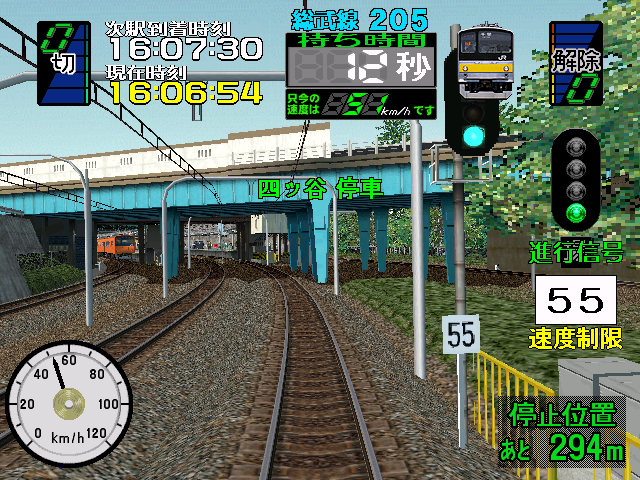
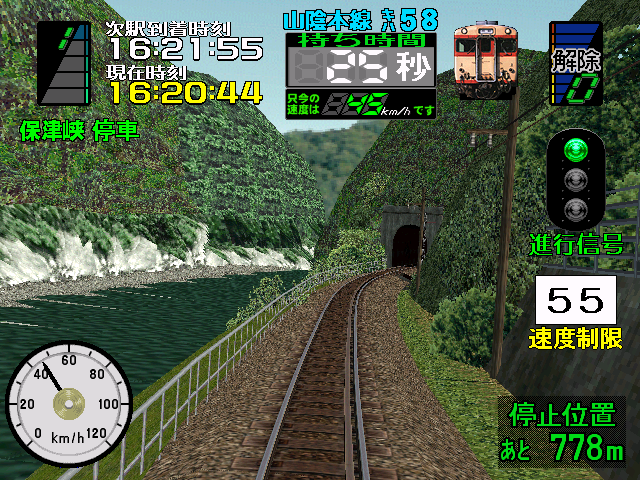
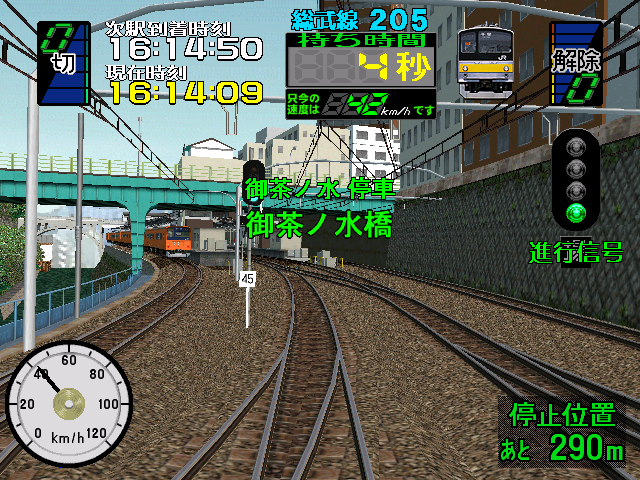
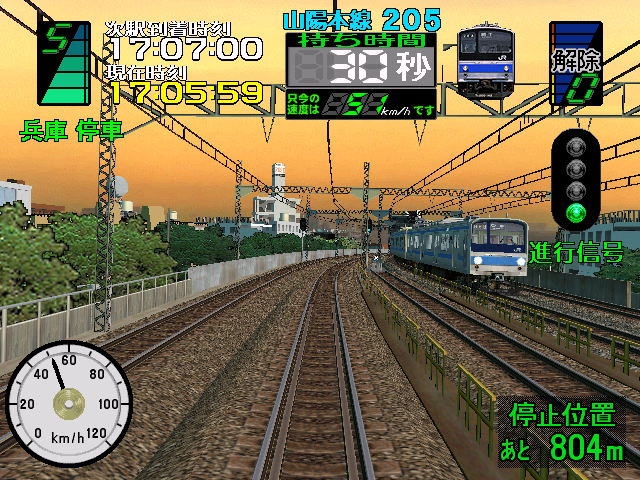
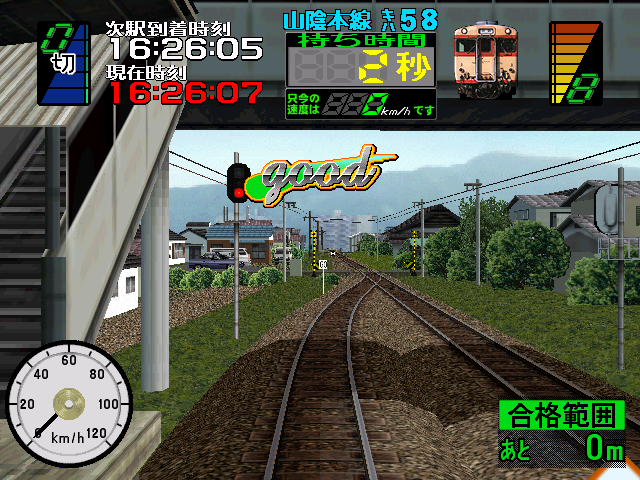
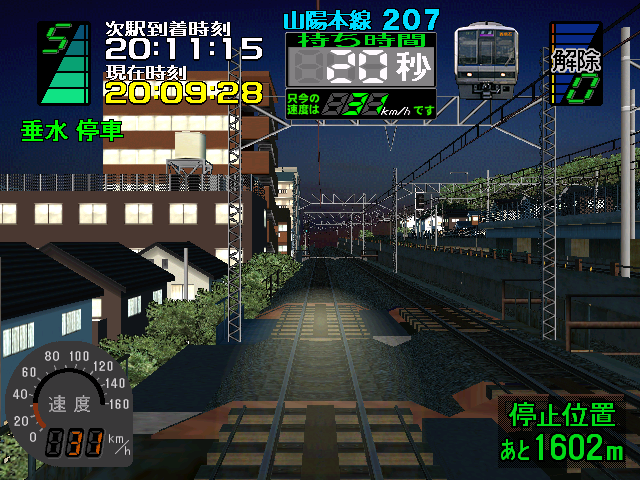
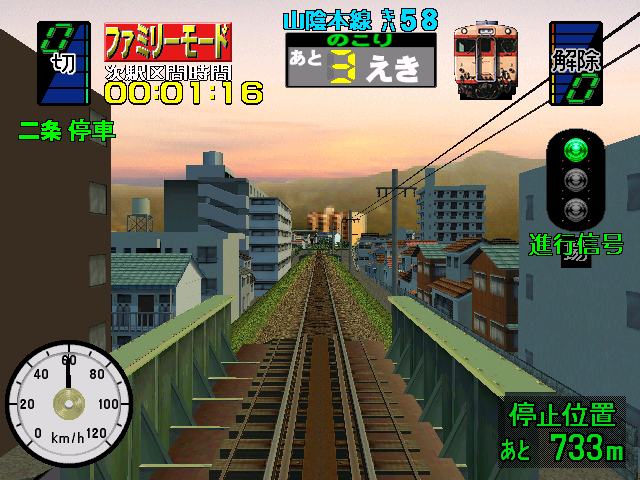


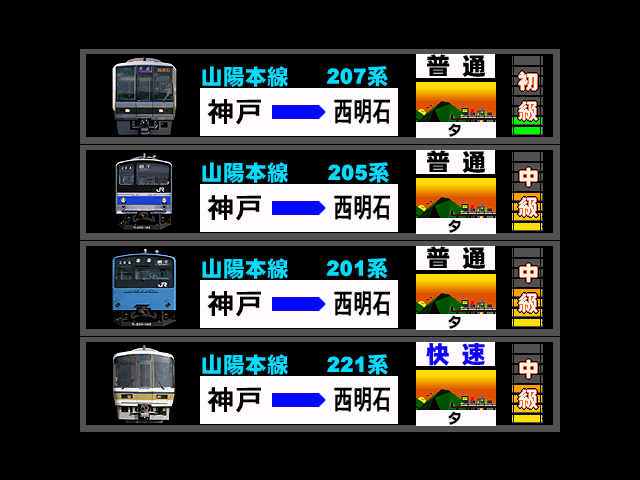
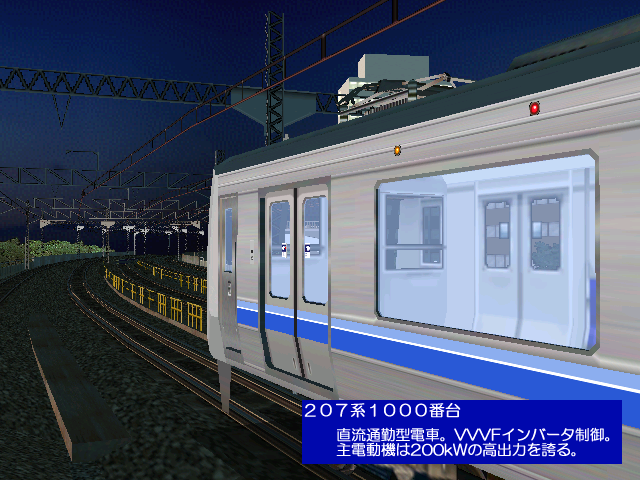



![[US]Arc Raiders Giveaway for Xbox to rejoice 1 million subscribers!](https://i2.wp.com/preview.redd.it/tz2gasygll8g1.jpeg?width=640&crop=smart&auto=webp&s=2e587db3e4255e92e897e154689682fbb10ccf67&w=120&resize=120,86&ssl=1)


